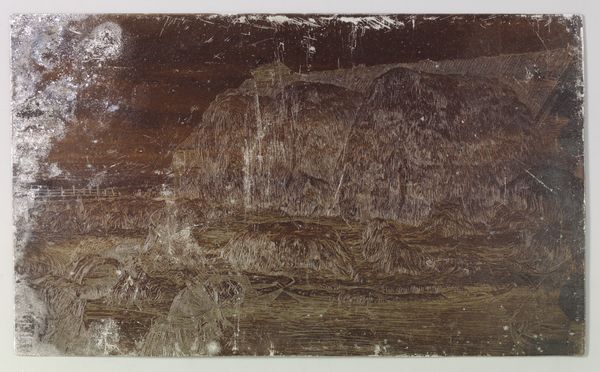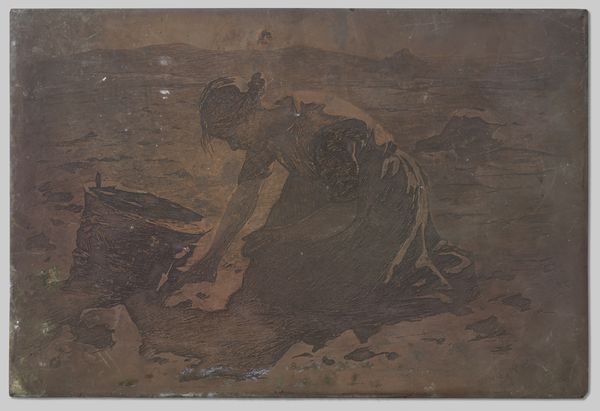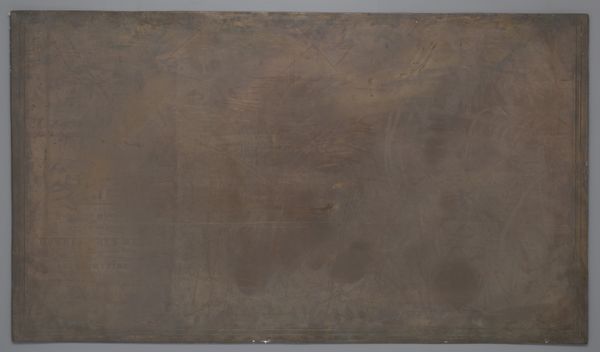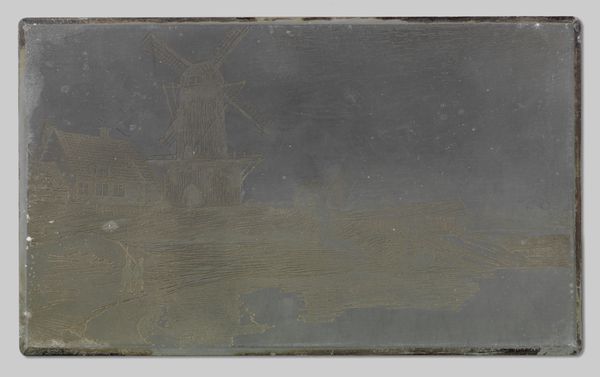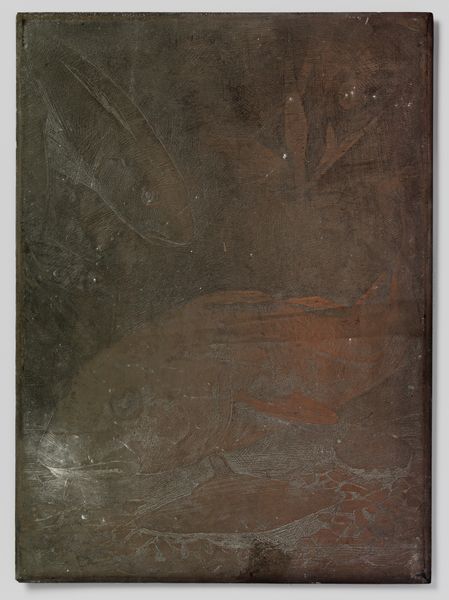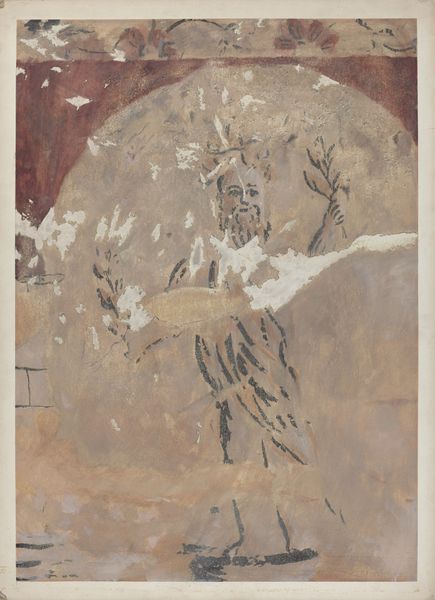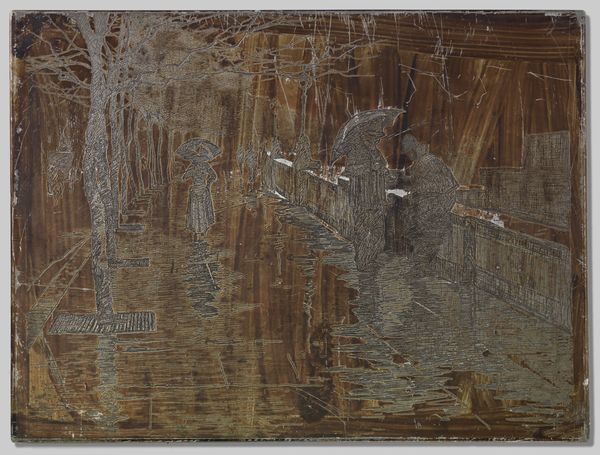
watercolor
#
portrait
#
water colours
#
impressionism
#
landscape
#
watercolor
#
genre-painting
#
watercolor
Dimensions: height 137 mm, width 278 mm
Copyright: Rijks Museum: Open Domain
Editor: We’re looking at "Zittende schaapherder," or "Seated Shepherd," a watercolor by Willem Witsen from around 1885. It’s quite muted and seems to capture a solitary figure within a very indistinct landscape. The brushwork is soft. What strikes you about its composition? Curator: The interest, structurally, lies in how Witsen uses a limited palette to create spatial depth. Observe the horizontal layering: the foreground, rendered with dense, almost frantic strokes, gives way to a subtly indicated middle ground and a hazy horizon. The shepherd is vertically centralized, creating a focal point, but also acting as a visual anchor amidst the indistinct planes. It invites contemplation. Editor: I see that. But doesn't the monochromatic color scheme flatten the composition somewhat? Curator: Not entirely. The tonal variations, though subtle, are key. Consider how the artist utilizes washes to suggest receding space versus tighter, drier brushwork for textural detail in the foreground. The strategic placement of lighter values suggests the presence of a distant light source. Editor: So the lack of distinct form actually contributes to a sense of atmosphere and space. Curator: Precisely. Witsen's choice of watercolor also allows for a certain degree of spontaneity and transparency, contributing to the work's ethereal quality. This creates, then, what one could regard as not just representational scenery, but the appearance of transience itself. Editor: That's a good point, I had only seen a depiction, not considered transience, well, thanks for that! Curator: You’re welcome. The beauty is found within these material-based considerations, wouldn't you say?
Comments
No comments
Be the first to comment and join the conversation on the ultimate creative platform.


